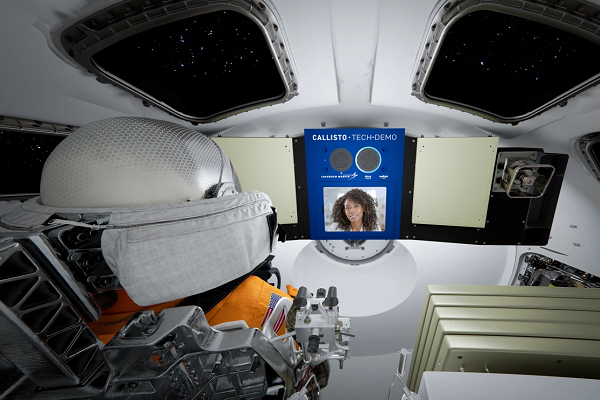NASA Will Take Alexa to Space and Maybe the Moon
NASA is incorporating Alexa in the upcoming Artemis missions that will eventually send humans back to the Moon. Alexa will be part of the Callisto hardware engineered by Lockheed Martin as a space-worthy smart display.
Alexa Astronaut
As seen in the video above, the upcoming Artemis I mission will carry Alexa as part of Callisto. NASA worked with Amazon, Cisco, and Lockheed Martin engineers to design and build Callisto. Amazon’s local voice control technology and Alexa software are set into Lockheed’s custom body to ensure it can survive the intense physical stress of launch and radiation exposure in space. Amazon had to create new audio processing software so that Alexa could hear and understand people through the constant engine and other noise of a spacecraft. If successful, Alexa should be able to converse with astronauts to provide information from local and Earth-bound databases and carry out specific tasks like adjusting lights or compiling and sending data back to Earth more efficiently than is currently feasible.
“The Star Trek computer was part of our original inspiration for Alexa, so it’s exciting and humbling to see our vision for ambient intelligence come to life on board Orion,” Alexa Everywhere vice president Aaron Rubenson said. “We’re proud to be working with Lockheed Martin to push the limits of voice technology and AI, and we hope Alexa’s role in the mission helps inspire future scientists, astronauts, and engineers who will define this next era of space exploration.”
Space at Home
The Artemis I is uncrewed but will serve to test many of the technologies that NASA plans to use for future, crewed missions on the Orion spacecraft. Artemis will culminate, though not conclude, with crewed missions to the Moon by astronauts, including the first women and people of color sent to the Moon. To test Callisto on an uncrewed mission, Amazon and its partners built a virtual crew experience at NASA’s Johnson Space Center Mission Control Center in Houston. Engineers will access Callisto remotely, simulate interactions, and gather audio and video footage from the mission.
As part of the new program, Amazon is adding access to public data from the spacecraft to Alexa-enabled devices, including video of the launch and virtual crew interactions. The company has also launched Alexa for Astronauts as part of the Amazon Future Engineer program offering students virtual tours of the Johnson Space Center and giving teachers materials for teaching about computer science and Artemis I. The new features will roll out as they are produced and can be accessed by asking, “Alexa, take me to the Moon.”
Follow @voicebotai Follow @erichschwartz
Rewriting the Moon Landing With a Deepfake Built on Synthetic Speech
Lockheed Martin Picks Readspeaker’s Synthetic Voice Tech to Train F-35 Pilots









